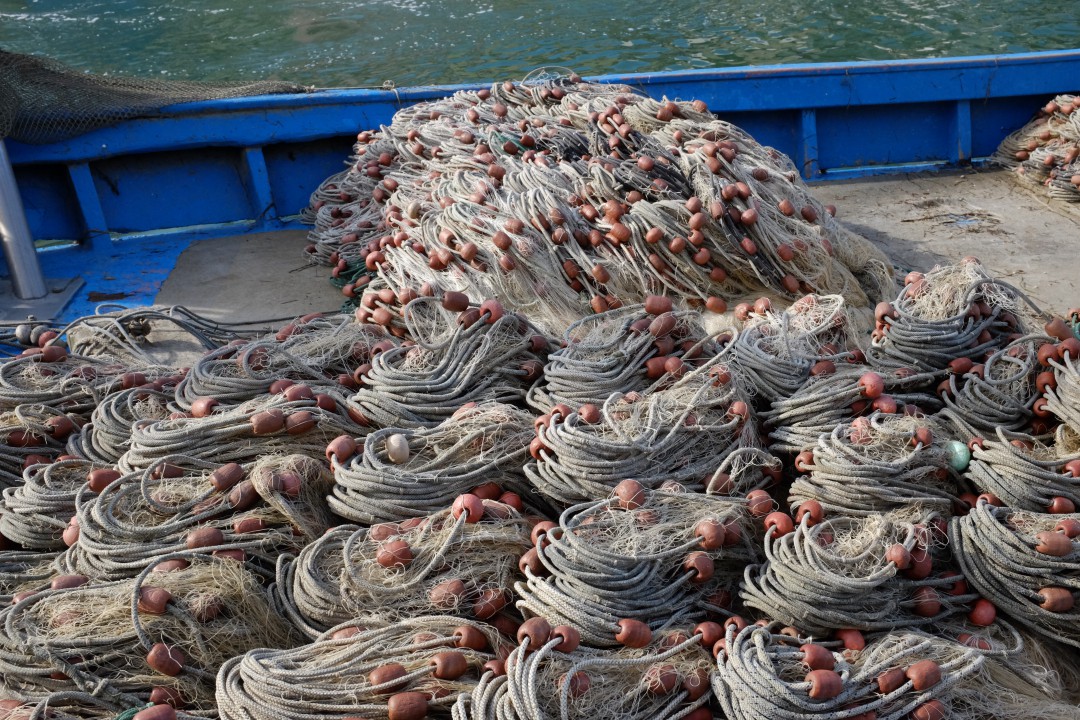(da il Piccolo, 6 novembre 2012). Il golfo di Panzano dagli anni ‘20 fino agli anni ’70 si trasformava nel mese di dicembre in una sorta di tonnara per pescare quantità enormi di cefali, oggi negletto ma una volta di pregio. Si compivano delle tratte miracolose come quella record del 1953 che riempì 24 vagoni ferroviari. Così la descrive l’ittiologo Sergio Paradisi con un documento preziosissimo a testimonianza di questa antica tradizione di pesca che non viene più praticata per le trasformazioni ambientali delle acque monfalconesi.“Inizia nei primi anni ’20 la tratta dei cefali nel bacino di Panzano, quando l’impresa triestina Faccanoni ottiene l’appalto per lo scavo di un bacino protetto e ai pescatori monfalconesi sono concessi i diritti di pesca in quel tratto chiuso, un nuovo specchio d’acqua dalle enormi potenzialità specie d’inverno quando il pesce vi entra in cerca di cibo e di acque più calde. Da qui nasce la “tratta”, la possibilità cioè di catturare enormi quantità di pesce con un’unica grande rete. Non è un’operazione che si possa improvvisare e quindi nei primi anni i pescatori locali si appoggiano a una famiglia di pescatori capodistriani concedendole il 30% del pescato in cambio delle attrezzature. Nel 1932, come soggetto destinatario della concessione di pesca, nasce intanto, con 44 soci fondatori, la “Cooperativa fascista tra pescatori” che raggiunge il numero massimo di 150 associati nell’immediato dopoguerra. È l’ingegnoso nostromo Giuseppe Pescatori a guidare le prime tratte tutte “monfalconesi”: dirige la costruzione di una rete gigantesca, introduce l’uso del “trattore”, una seconda rete a sacco con due ali che viene calata all’interno della prima.La tratta, a dicembre, viene preceduta sempre da un mese di preparativi: la chiusura del bacino è effettuata di notte, quando c’è più pesce all’interno. Paradisi, nel suo articolo, ricorda che «occorrevano due o tre calate per coprire tutto il bacino. Dopo la calata si iniziava a stringere la rete: occorrevano anche sei giorni per portare “a segno de tratòr”, per ridurre cioè la superficie circuita a dimensioni tale da permettere la calata del grande sacco entro il quale sarebbe rimasto imprigionato il pescato al termine delle operazioni». Le barche impiegate sono alcune “batàne”, affiancate da tre bragozzi acquistati a Chioggia. Il pescato viene caricato in barca con un “voligòn”. Sono pesche colossali, agevolate nel dopoguerra dall’avvento dei motori. Il “bottino” si misura a vagoni l’anno. Ogni dicembre per mezzo secolo la tratta consente di catturare 180mila chilogrammi di pesce. Il 1953 è l’anno d’oro con 24 vagoni pieni zeppi.L’ultima “calata” viene eseguita nel 1977, diretta dal capopesca Bruno Novacchi. La tratta oggi non si fa più, in compenso i cefali ci sono ancora e ogni tanto tornano a riempire il bacino e la testa del Canale Valentinis.”

